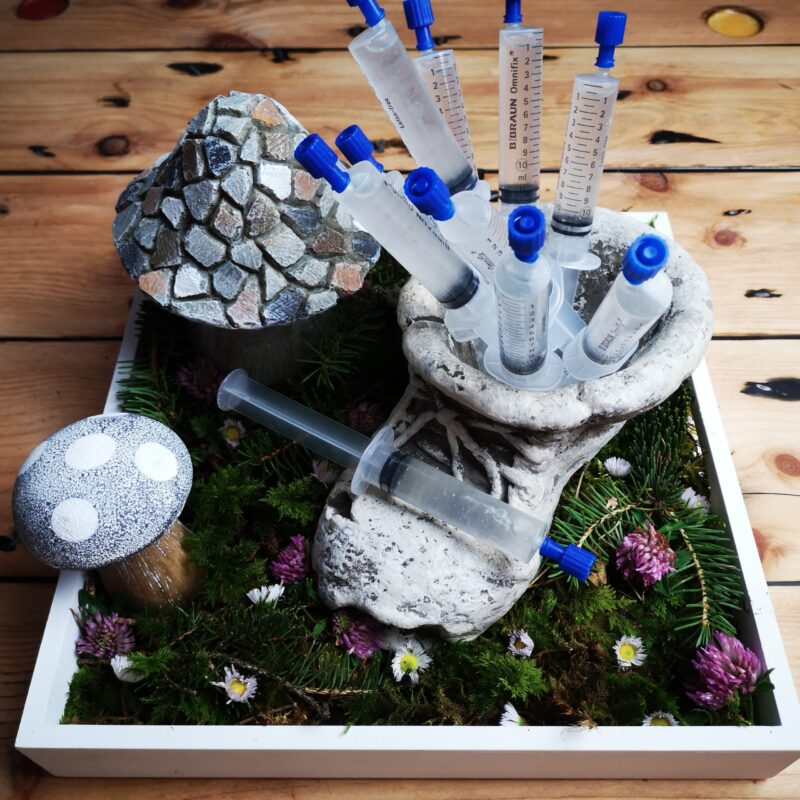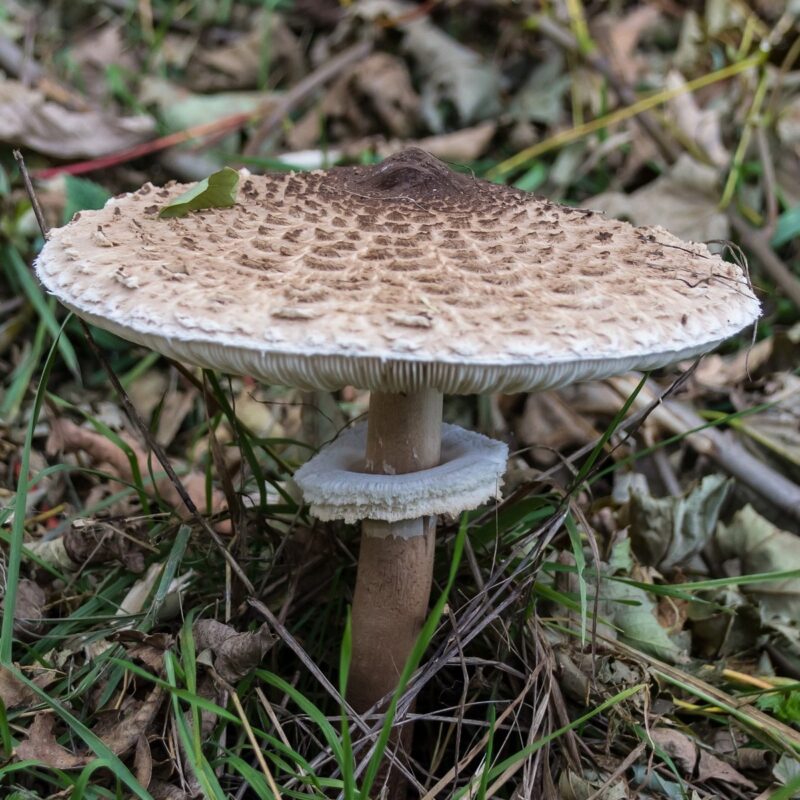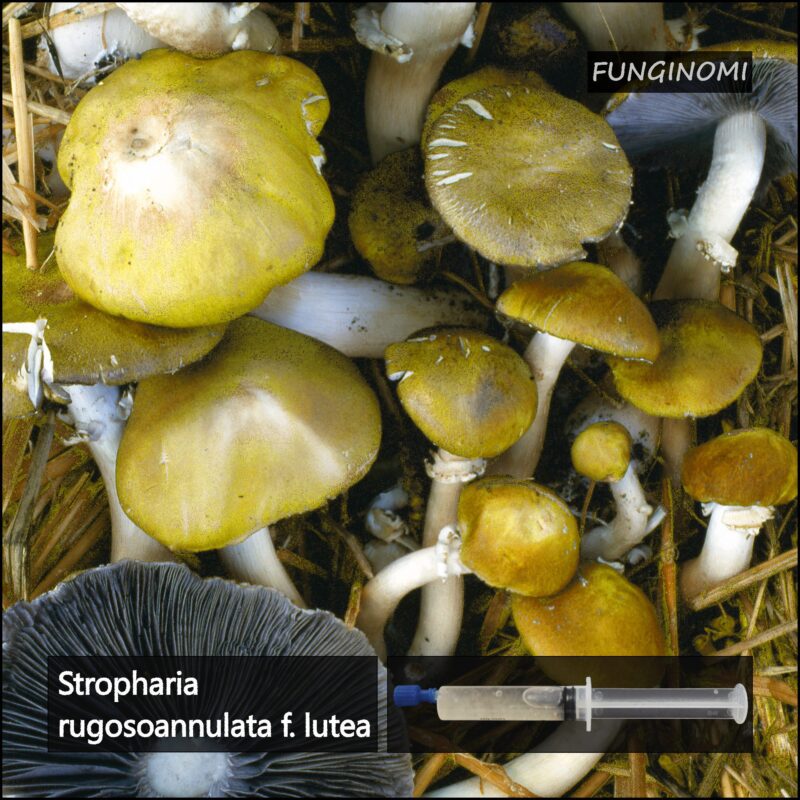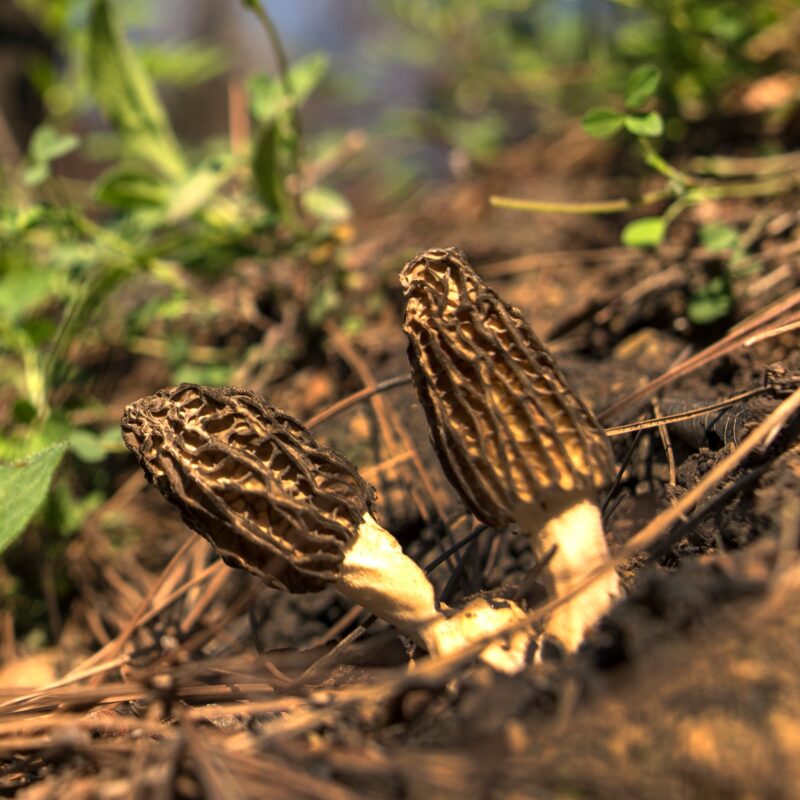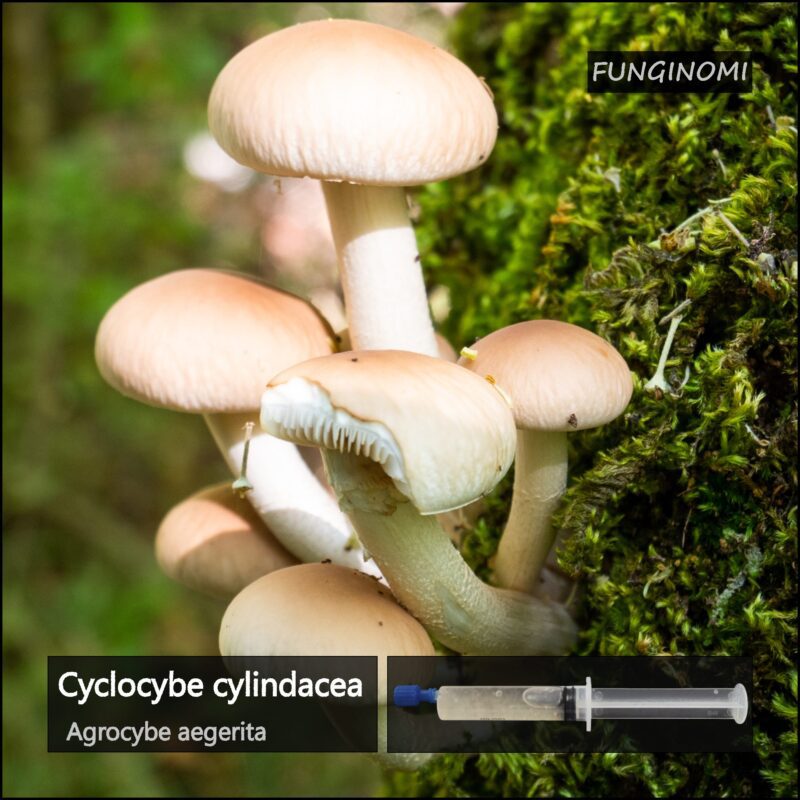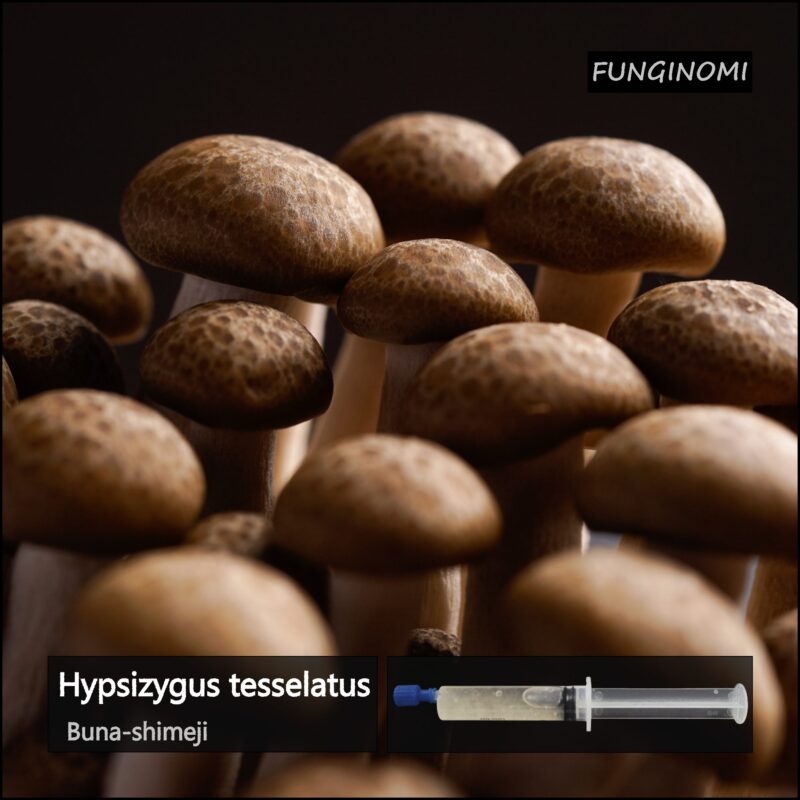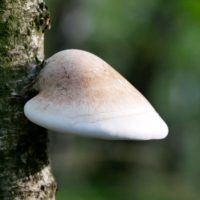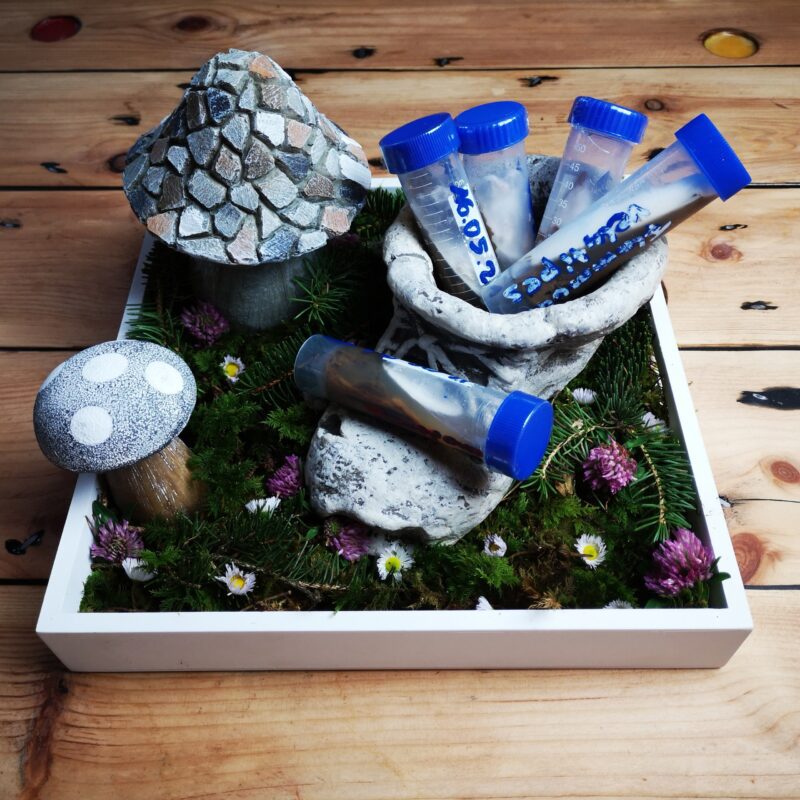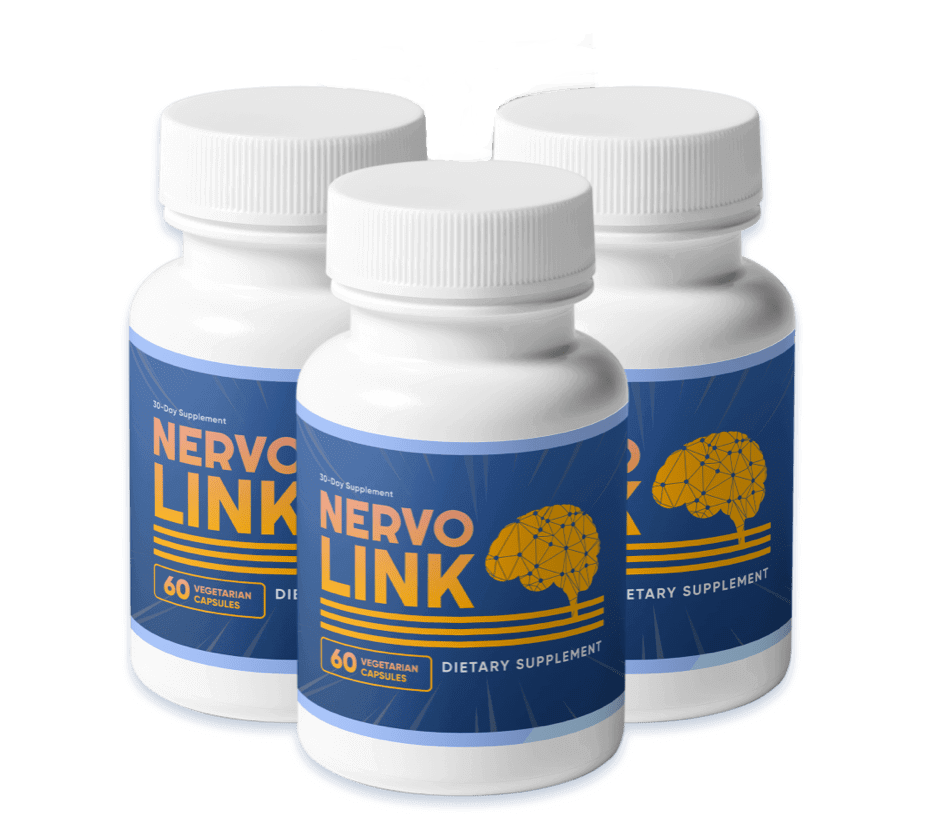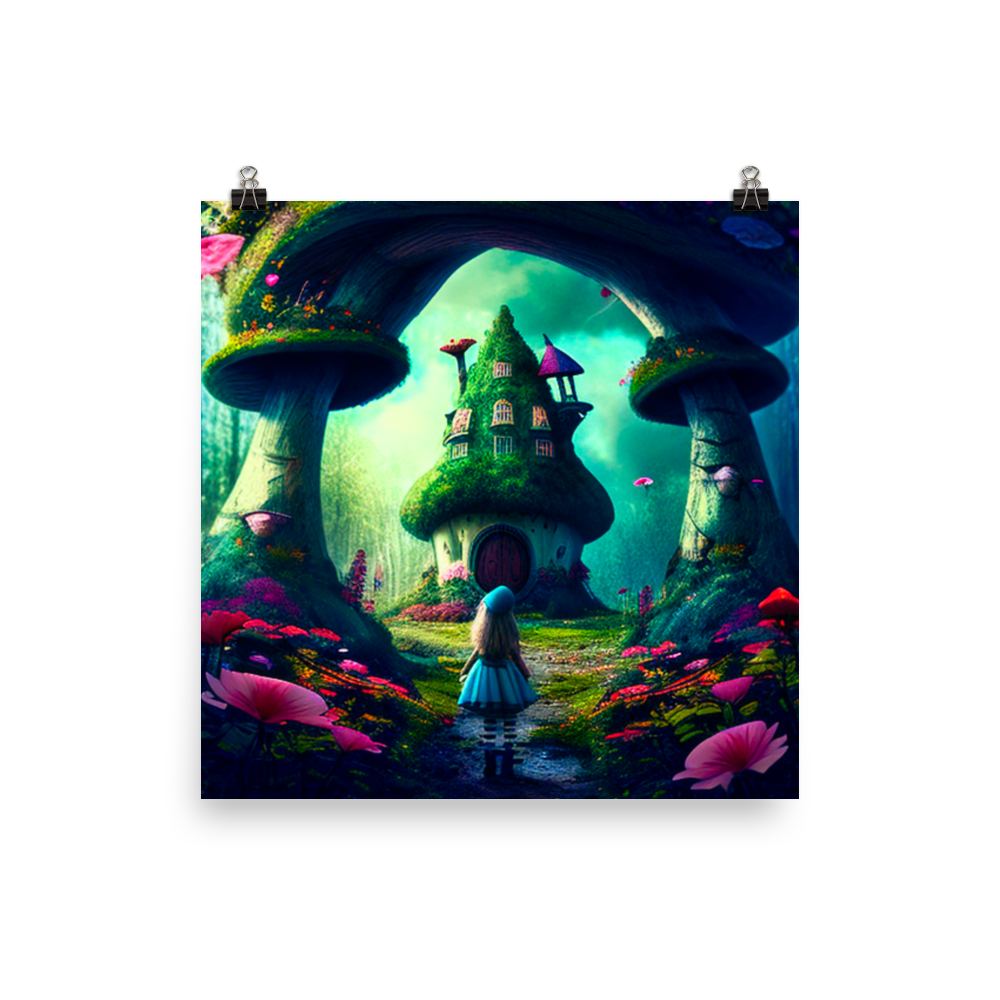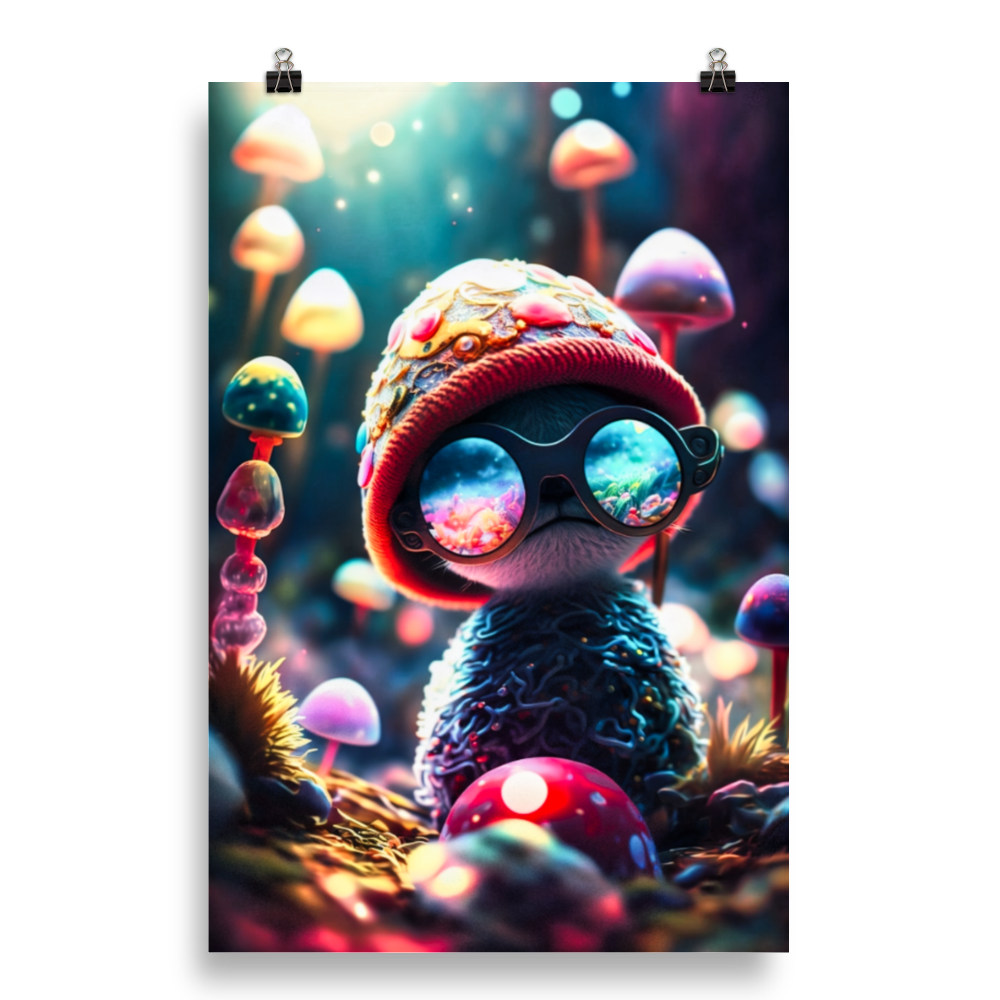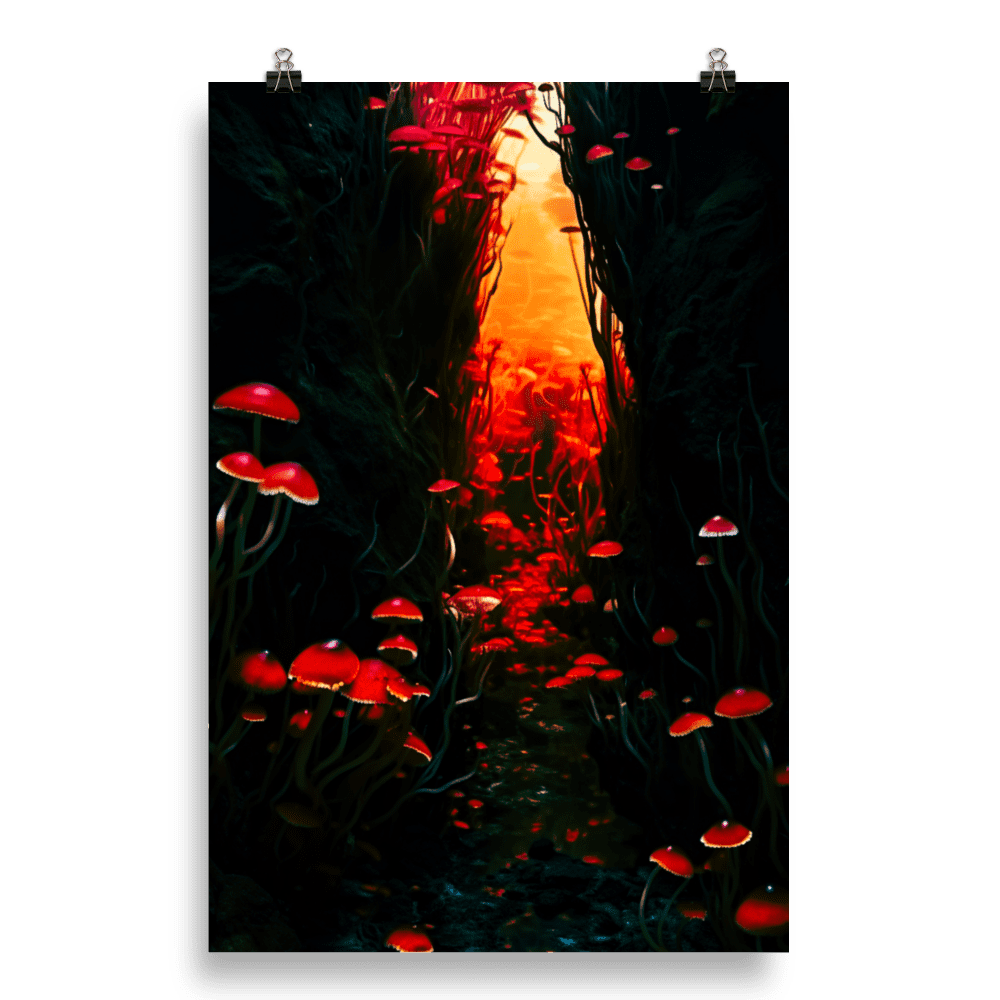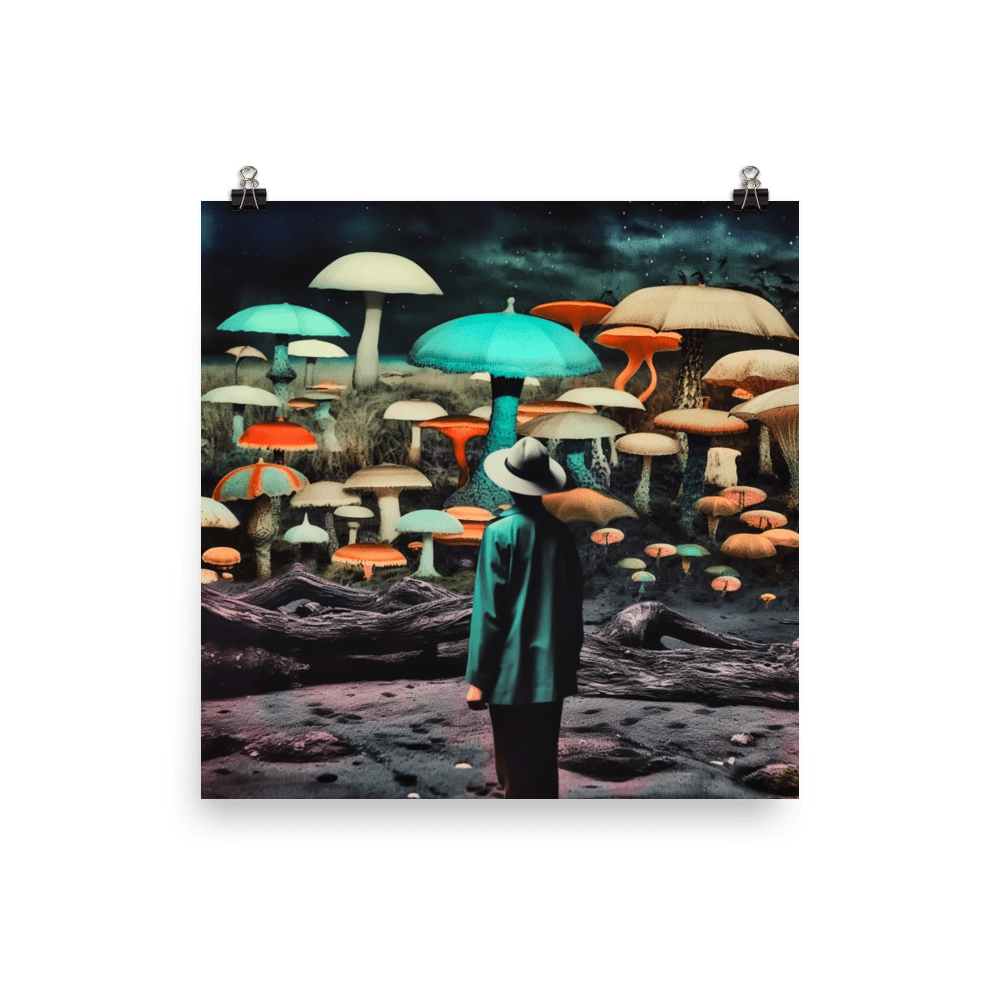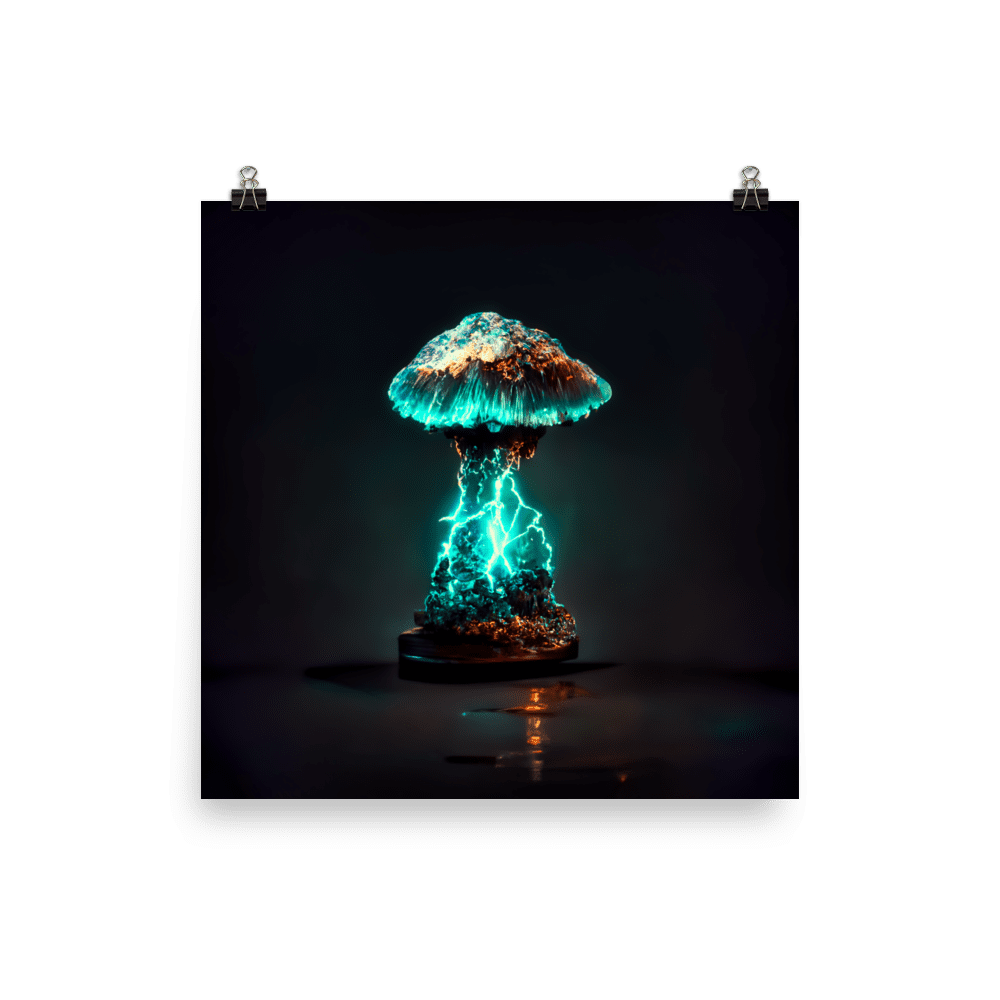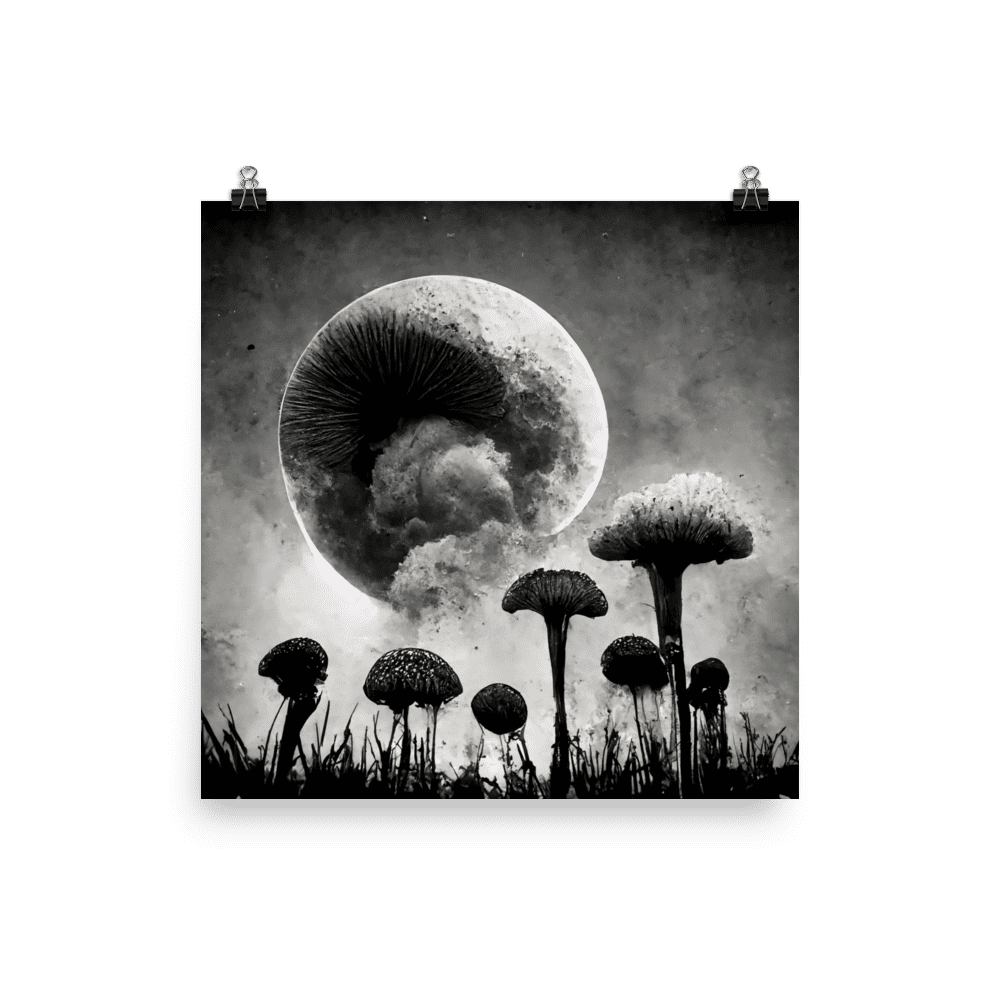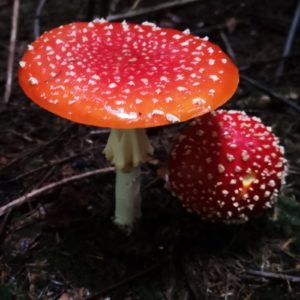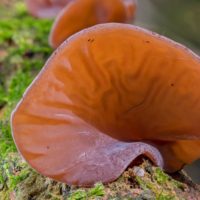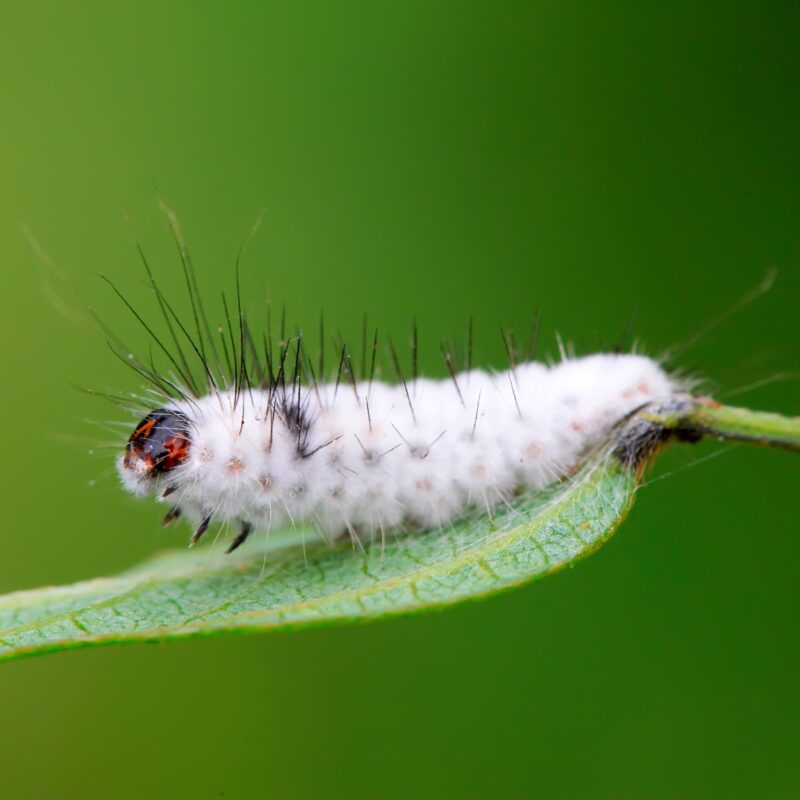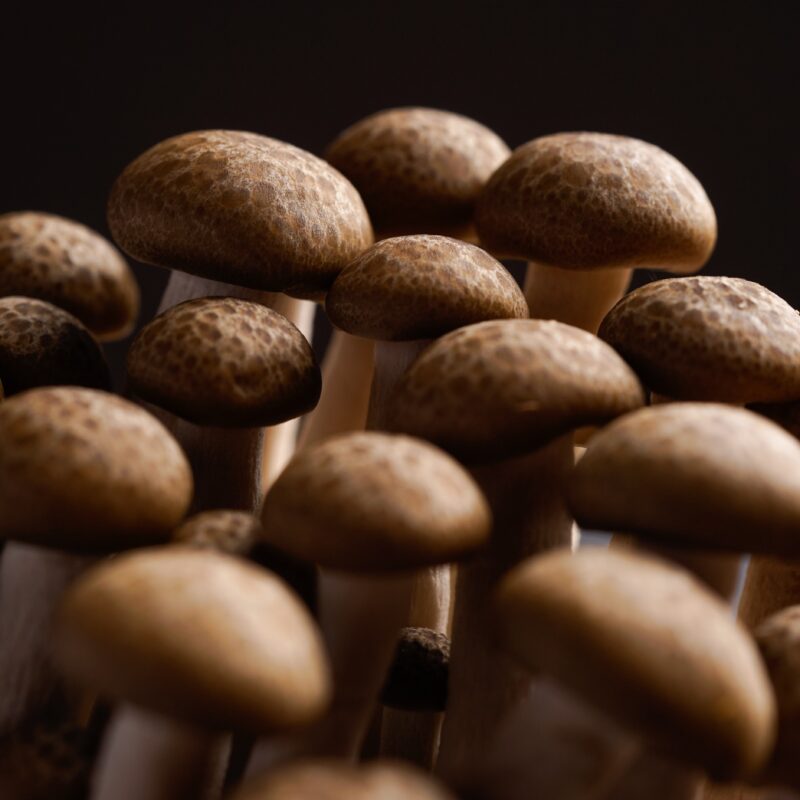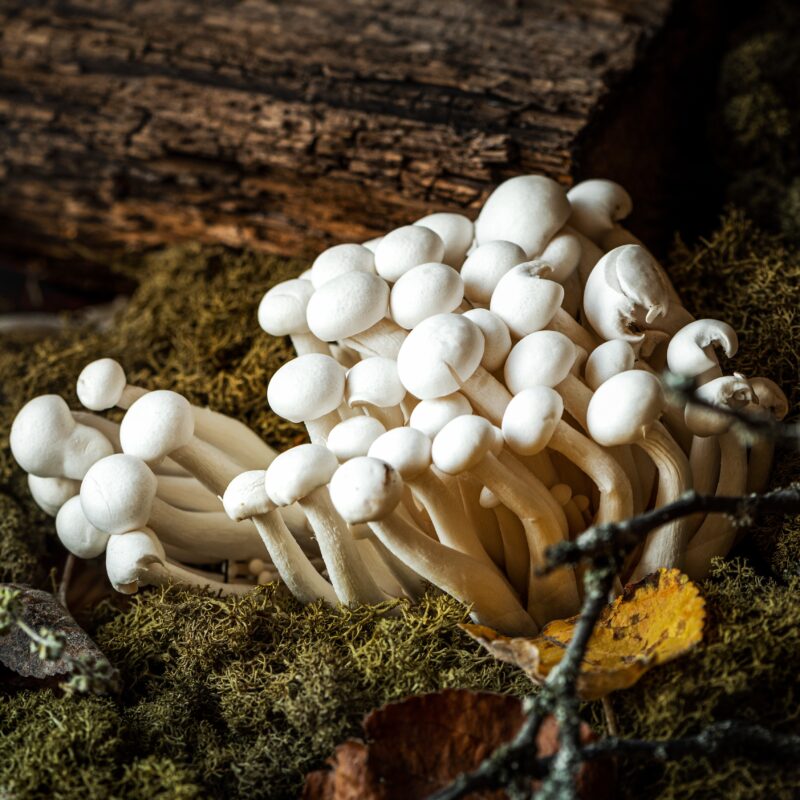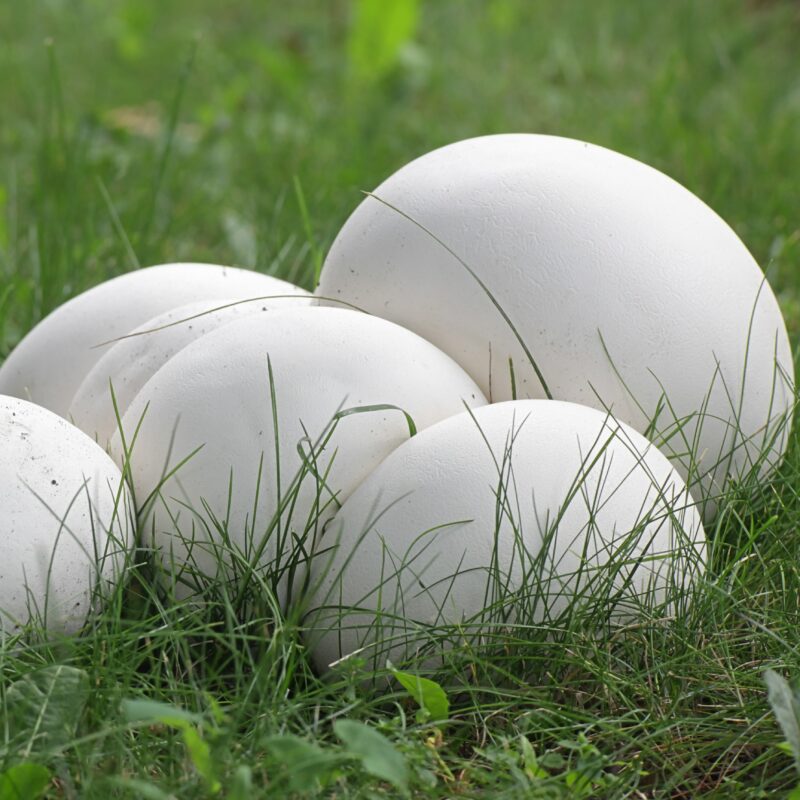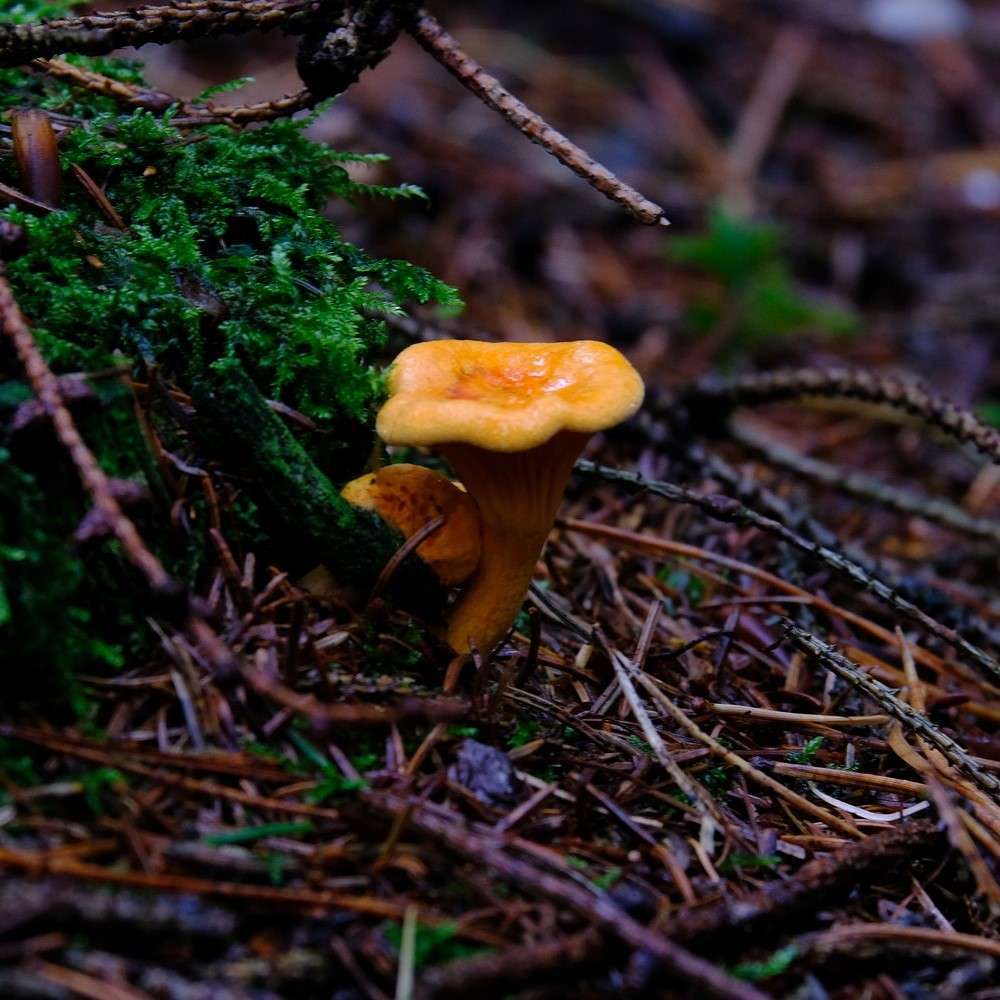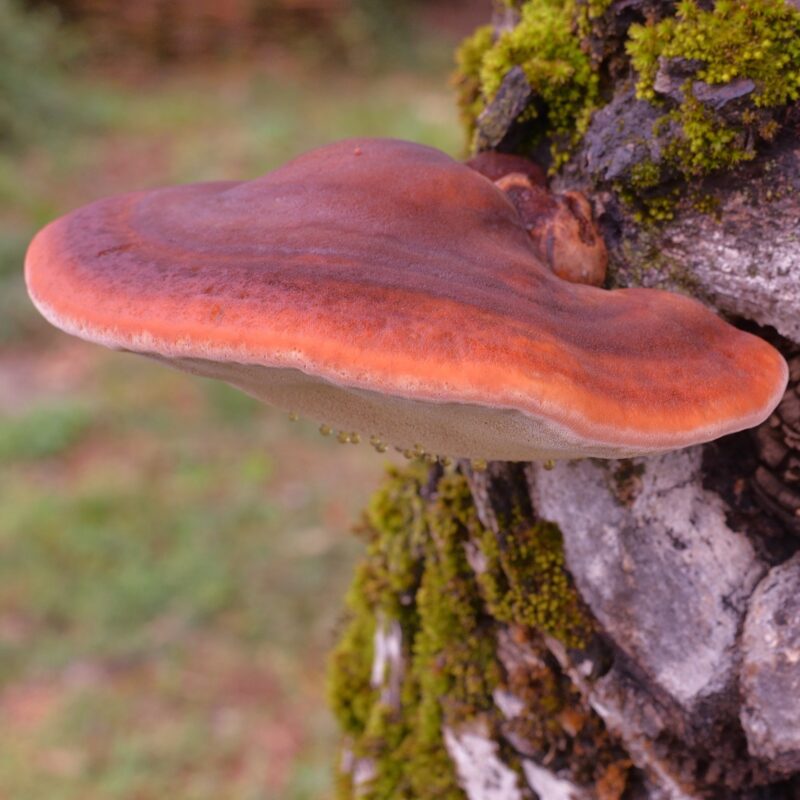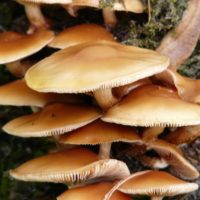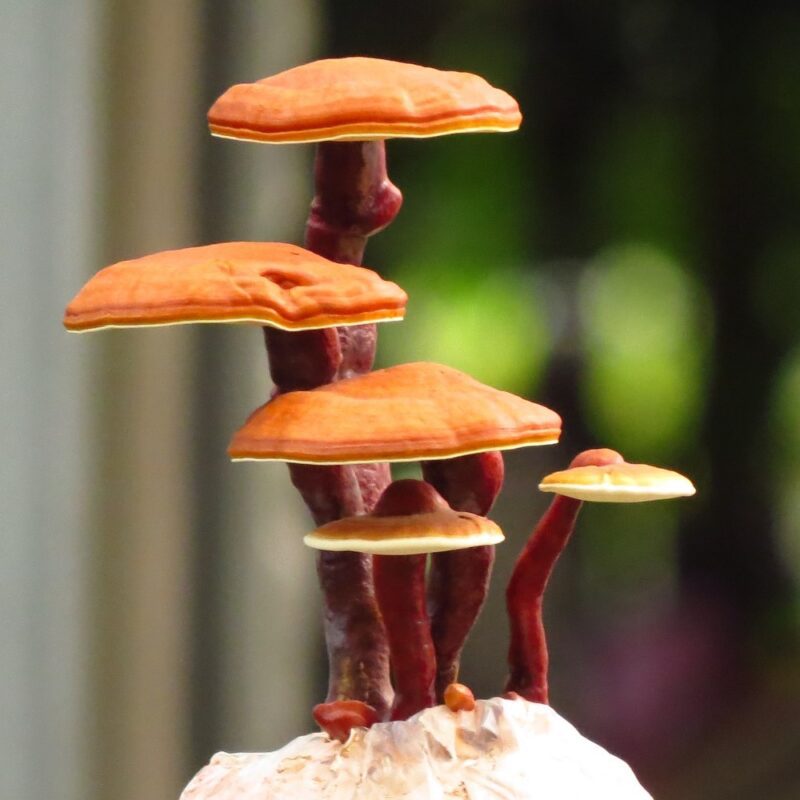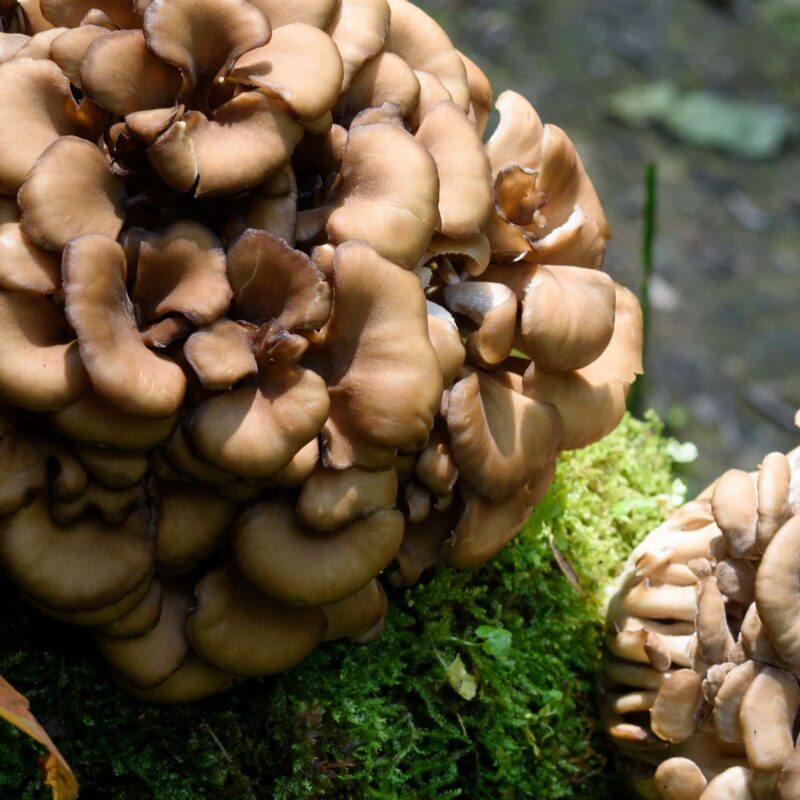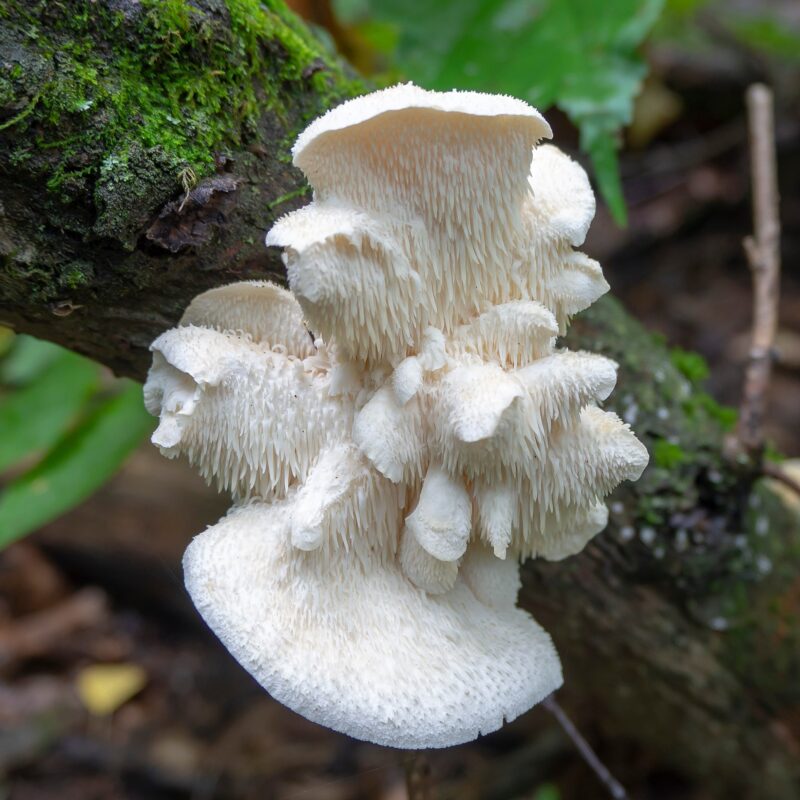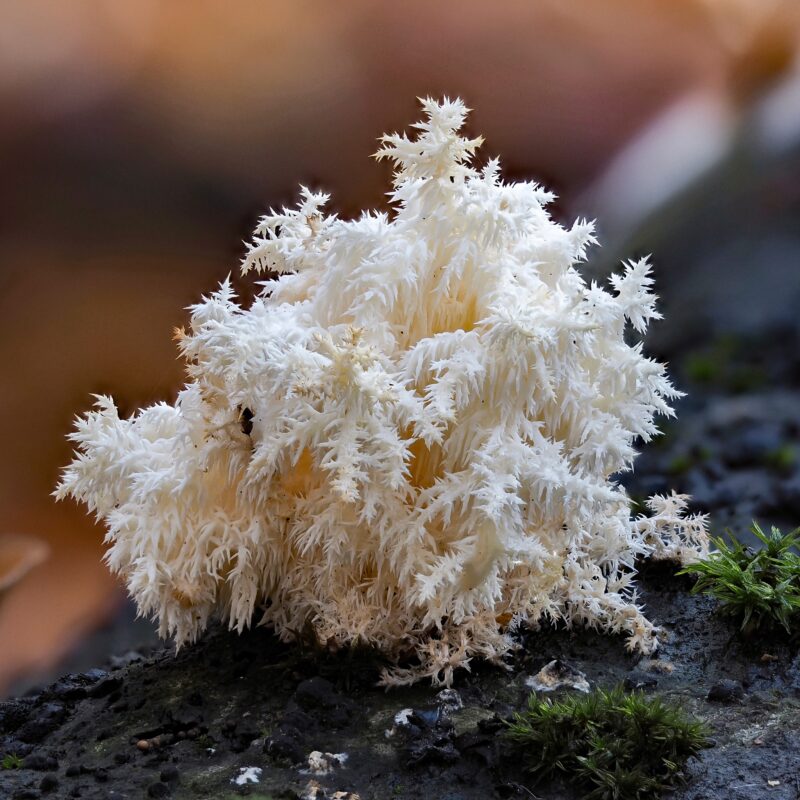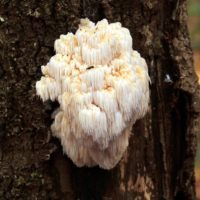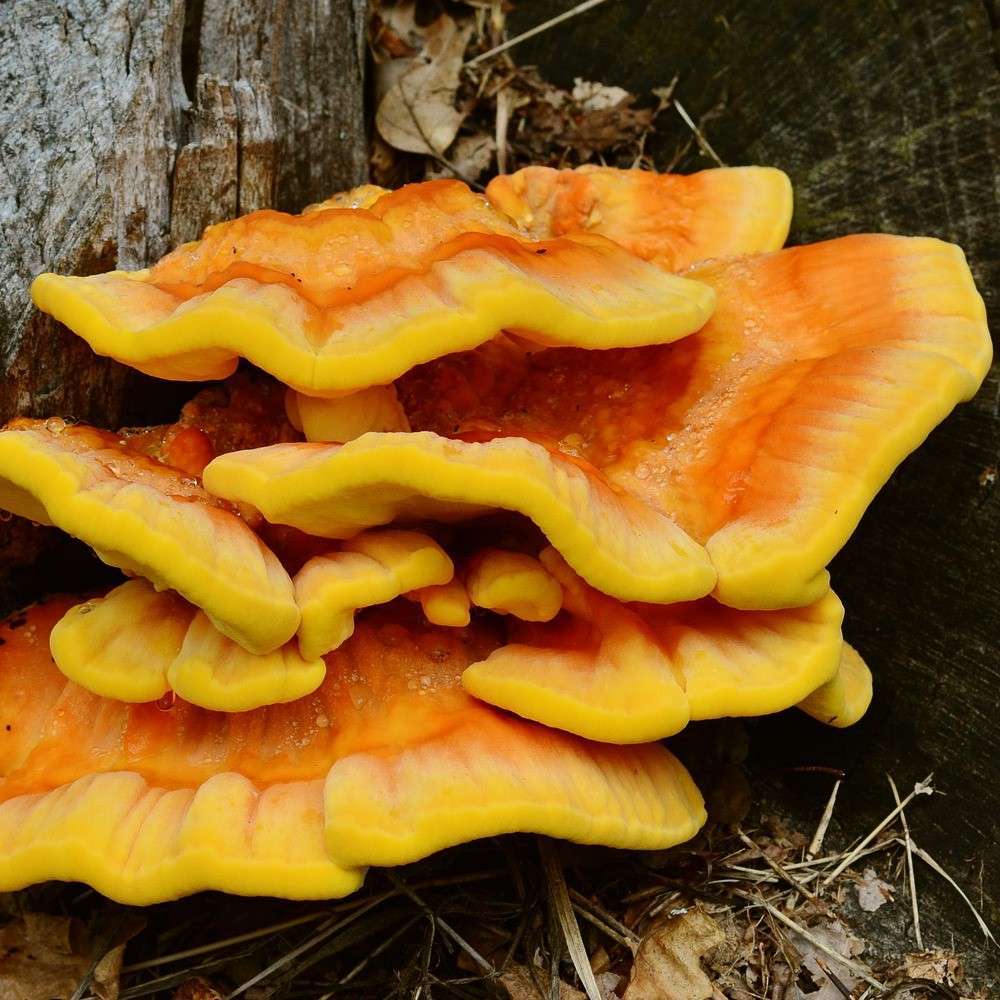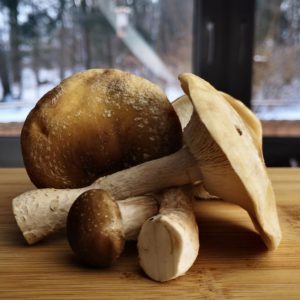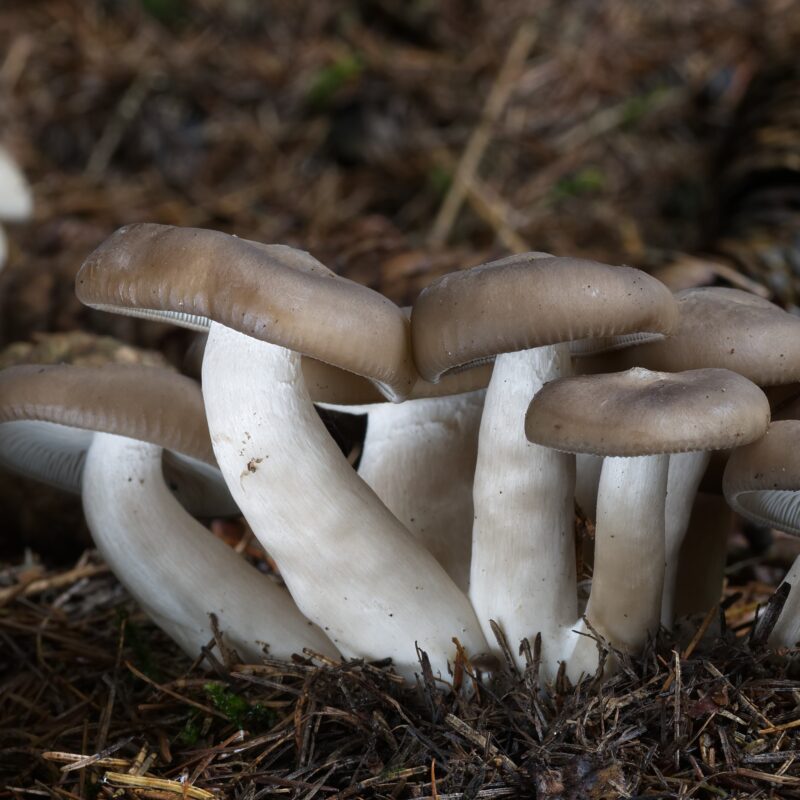Description
Properties
The cap morel (Morchella semilibera, syn.: Morchella gigas), also called bell morel or half-free morel, is a species of tubular fungus in the morel genus (Morchella). It is part of a small species aggregate of pointed morels (Morchella sect. Distantes subsect. Papyraceae) with a half-free cap (at least one-third of the cap extends beyond the growing point of the stem).
A native and widespread in the northern hemisphere delicacy mushroom. In nature, Morchella semilibera is found in the first warm weeks of spring, no morel hunter reveals its locations. The mushroom is in high demand among gourmets, which is reflected in the price. After truffles, real morels are considered the most expensive mushrooms of all.
The sclerotium (see reproduction) is a hard mass found underground that protects the Morchella semilibera mycelium when the conditions are not right for the morel to grow. This adaptation allows for the survival of the fungi during droughts, cold weather and other disasters such as fires. After these tough times have ceased, morels are then able to continue on with their life cycle in order to reproduce. Once the morels fruiting body above ground, it releases spores in which to be germinated. The main part of the morel which has adapted to allow it to gain nutrients is the primary and secondary mycelium. The mycelium feeds off nutrients from the roots of the trees it is around which will be further explained in nutrients.
Morchella semilibera is edible. It is a protected species and should be preserved as a rarity.
Morphological features of the more that aid in it’s survival: Morels can easily hide in plain site amongst a small pile of dead leaves, plants or bark. They’re so well hidden because their unusual ridged patterns along with their light brownish color allows them to become camouflage with the other objects on the forest floor. Morels have adapted to grow in these areas because it is in these areas that they have the most potential to prosper. Along the leaves and bark on the ground come moist areas which are one of the conditions morels need to grow. The morel’s adaptation to stay camouflage allows it to be able to complete the “main objective” of the fruiting body which is to release the spores from the asci in which to reproduce once again.
Morchella semilibera is a delicacy around the world and many people will pay top dollar to have them. This organism only comes around for a few months each year, but when it does, people search all over the place (or at least where they think they can be found) to get some of these amazing mushrooms of their own.
1. Growing
Affiliate Partner
Growing Procedure
Various simple and more complicated methods are used experimentally around the world. The cultivation of edible Morchella semilibera is considered difficult, but not impossible. A deeper study of the subject is necessary to achieve success. I refer explicitly to Paul Stamets and Tradd Cotter, both of whom can attest to their breeding successes.
The latest scientific findings indicate that a certain soil bacterium must be present for fruiting.
As long as the morel was able to germinate, there will always be some form of the morel’s mycelium underground. Their mycelium is protected by the sclerotium until the conditions are right . Once the ground is damp enough and the weather warm enough for morels to prosper (which tends to be anywhere from April to July depending on the location), Morels start “popping”. Now in these areas where the morels grow, other fungi such as the False morel prosper as well.
Morchella semilibera are heterotrophic which means they are “other feeding” and must feed on preformed organic material. It does this by first building a mutualistic relationship with a host such as an ash or elm tree. To form this relationship, the morel’s mycorrhizae (which means fungus root) and creates an ectomycorrhizae sheath around the tree’s root. This sheath has hyphae emanating throughout the soil which increases the surface area. Once the sheath is made, the fungus is able to penetrate between the cells of of the cortex to allow for nutrients to be exchanged. In order for the morel to have nutrients, it must digest then ingest the area it is around. This is made possible by exoenzymes which help rapidly digest the material in order to take the nutrients out of it. The reason this allows for a mutualistic relationship is because both the tree and the fungi gain nutrients from this process.
Courtesy of Tom VolkMorels are non-vascular which means they have no specialized tissues to transport the nutrients they ingest. To move the nutrients throughout the organisms, the hypae contain internal crosswalls called septa. These septa have pores which allow cytoplasm to flow from one cell to the next. This movement allows materials to be transported within the cytoplasm of the cells. When times are “good” and the morel can store food, it stores it as glycogen like many other animals.
S
|
P
|
F
|
|
|---|---|---|---|
Temp °C |
15 °C | 8-20 | 16-22 |
Relative Humidity % |
100 | 90-93 soil: 45-60 |
90-95 soil: 45-60 |
Duration d |
15-20 | 7-10 | 18 |
CO2 ppm |
>5000 | ||
FAE per h |
0-1 | 1-2 | 6-8 |
Light lux |
– | dark | 12h cycle |
Growing
Agar Culture Media: PDA
Cropping:
Containers for fruiting: outdoor bed
Biological efficience:
Substrates:
Growing Characteristics
Often together under pointed morels.
Accompanied By: Primroses, Snowdrops, Lily Of The Valley, Wild Garlic (Allium Ursinum), Wild Anemones, Ash Trees, Young Wild Strawberries, Butterbur, Many Snails (Because Of The Shell – Indicator Calcareous Soil).
Natural Habitat
The cap morel has a Eurasian distribution. Its distribution area extends in the southwest from Spain (Andalusia) throughout Europe, Asia Minor to India.
The cap morel has a very wide ecological potency. It grows in moist, humus-rich meadows, gardens, parks, forests, and along streams. The fruiting bodies appear in Central Europe from April to May.
Morels can be found all over the Northern Hemisphere. Mainly being in North America, Central America, Europe and Asia. The morels found in these parts of the world are currently either part of the black morel or yellow morel clades which was further studied and revised in Revision of Morchella Taxonmy .
Morchella semilibera are most commonly found in forested areas around dead elm trees, Sycamore, apple trees, under wood scraps and Ash trees, but can also be found in other areas. They often tend to grow under objects on the ground as well because of the dampness under them (In Identification you will learn more about where to find morels in the wild).
Mixed forest, alluvial forest, likes aspen or also often found in bark mulch, calcareous soil, clay soil, never fertilized soil, high humidity, e.g. from streams, bark mulch, in freshly dug soil, in burned areas, woody debris.
Spring fungus: February to June, in colder regions not before early April
2. Identification
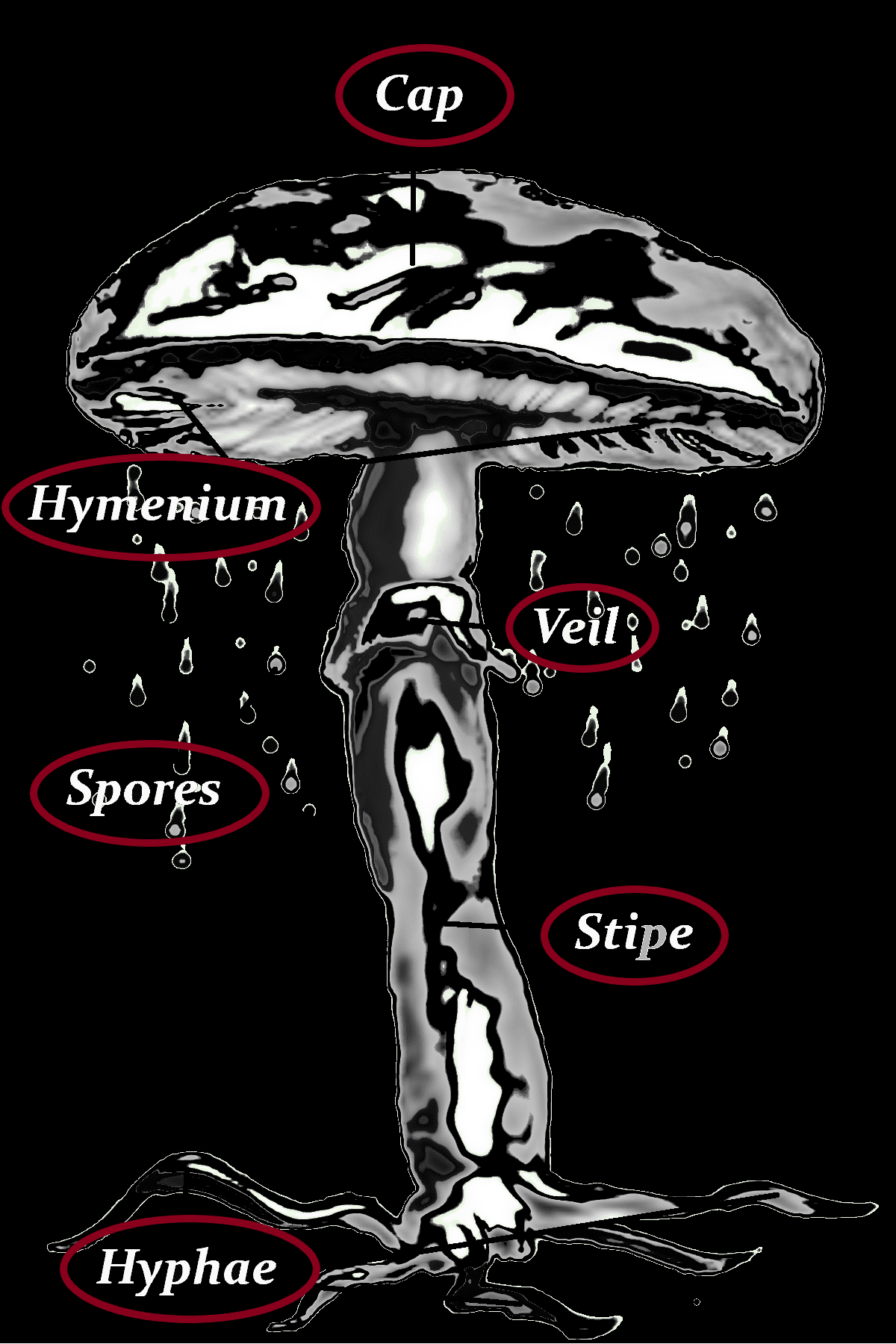
Cap
-2-4.5 (6) cm Ø
-light brown, dark brown, yellowish brown
-honeycomb
-hollow inside
Hymenium
–
Stipe
-outer skin whitish to yellowish, yellowish-brown
-thin-fleshed
-wrinkled
-hollow
-with large, granular, white scales
Hyphae
–
Spores
-white
-20-27 x 10-18 µm
Danger of confusion
Runzel-Verpel (Verpa Bohemica) Syn. Böhmische Morchel (Ptychverpa Bohemica), Speisemorchel, Spitzmorchel, Frühjahreslorchel, Riesenlorchel, Zipfellorchel
Veil
–
3. Consuming
Gourmet
Morels are a classic sauce mushroom, which develops its aroma best in a cream sauce.
Eaten raw, Morchella semilibera are highly toxic, there have already been deaths. In addition, the consumption of the mushroom can cause the so-called Morchella syndrome in some people.
Flesh
whitish, yellowish, thin, waxy, very fragile
Taste
mild, raw but poisonous like all morels
Smell
pleasant
Nutritional content per 100g
| Water | 89.6g |
| Energy | 31kcal |
| Energy | 129kJ |
| Protein | 3.12g |
| Total lipid (fat) | 0.57g |
| Ash | 1.58g |
| Carbohydrate, by difference | 5.1g |
| Fiber, total dietary | 2.8g |
| Sugars, total including NLEA | 0.6g |
| Sucrose | 0g |
| Glucose | 0.6g |
| Fructose | 0g |
| Lactose | 0g |
| Maltose | 0g |
| Galactose | 0g |
| Calcium, Ca | 43mg |
| Iron, Fe | 12.2mg |
| Magnesium, Mg | 19mg |
| Phosphorus, P | 194mg |
| Potassium, K | 411mg |
| Sodium, Na | 21mg |
| Zinc, Zn | 2.3mg |
| Copper, Cu | 625mg |
| Manganese, Mn | 587mg |
| Selenium, Se | 2.2µg |
| Thiamin | 69mg |
| Riboflavin | 205mg |
| Niacin | 2.25mg |
| Pantothenic acid | 0.44mg |
| Vitamin B-6 | 136mg |
| Folate, total | 9µg |
| Folic acid | 0µg |
| Folate, food | 9µg |
| Folate, DFE | 9µg |
| Vitamin A, RAE | 0µg |
| Carotene, beta | 0µg |
| Carotene, alpha | 0µg |
| Cryptoxanthin, beta | 0µg |
| Vitamin A, IU | 0µg |
| Lycopene | 0µg |
| Lutein + zeaxanthin | 0µg |
| Vitamin D (D2 + D3), International Units | 206IU |
| Vitamin D (D2 + D3) | 5.1µg |
| Vitamin D2 (ergocalciferol) | 5.1µg |
| Vitamin D3 (cholecalciferol) | 0µg |
| Fatty acids, total saturated | 65g |
| SFA 10:0 | 1g |
| SFA 14:0 | 1g |
| SFA 16:0 | 52g |
| SFA 18:0 | 9g |
| SFA 24:0 | 1g |
| Fatty acids, total monounsaturated | 52g |
| MUFA 16:1 | 2g |
| MUFA 16:1 c | 2g |
| MUFA 18:1 | 22g |
| MUFA 18:1 c | 22g |
| MUFA 24:1 c | 3g |
| Fatty acids, total polyunsaturated | 433g |
| PUFA 18:2 | 215g |
| PUFA 18:2 n-6 c,c | 215g |
| PUFA 20:2 n-6 c,c | 1g |
| Campesterol | 3mg |
© U.S. Department Of Agriculture
4. Data med, edible
other names
| Deutsch |
Käppchen-Morchel
|
| Englisch | Mel-3 |
| Englisch |
Semifree Morel
|
| Estnisch |
tava-kellukmürkel
|
| Litauisch |
Puslaisvis briedžiukas
|
| Niederländisch | Kapjesmorielje |
| Pomo | Pi-ko’tci |
| Russisch |
Сморчок полусвободный
|
| Schwedisch | hättmurkla |
| Tschechisch | smrž polovolný |
| Tschechisch |
smrž tlustonohý
|
| Ungarisch |
Fattyú kucsmagomba
|
| Wissenschaftl. Name |
Mitrophora gigas
|
| Wissenschaftl. Name |
Mitrophora semilibera
|
| Wissenschaftl. Name |
Morchella crassipes
|
| Wissenschaftl. Name |
Morchella gigas
|
| Wissenschaftl. Name |
Morchella gigas tintinnabulum
|
| Wissenschaftl. Name |
Morchella hybrida
|
| Wissenschaftl. Name |
Morchella rimosipes
|
| Wissenschaftl. Name |
Morchella semilibera
|
| Wissenschaftl. Name |
Morchella undosa
|
| Wissenschaftl. Name |
Morchella varisiensis
|
other names
Morchella Semilibera, Morchella Gigas, Morchella Fusca, Morchella Gigas Var. Fusca, Helvella Hybrida, Mitrophora Semilibera, Mitrophora Hybrida, Morchella Hybrida, Morchella Rimosipes, Mitrophora Semilibera, Morchella Patula Var. Semilibera, Morilla Semilibera, Morchella Patula Var. Semilibera, Morilla Var. Semilibera, Mitrophora Gigas, Morchella Patula Var. Gigas, Mitrophora Fusca, Käppchenmorchel, Halbfreie Morchel, Glockenmorchel, Mützenmorchel, Bastardmorchel
| Kingdom | Fungi |
|---|
| Division | Pezizomycotina |
| Class | Pezizomycetes |
| Order | Pezizales |
| Family | Morchellaceae |
| Genus | Morchella |
| Species | M. semilibera |
| Ecology | Mycorrhizal/Saprotrophic |



